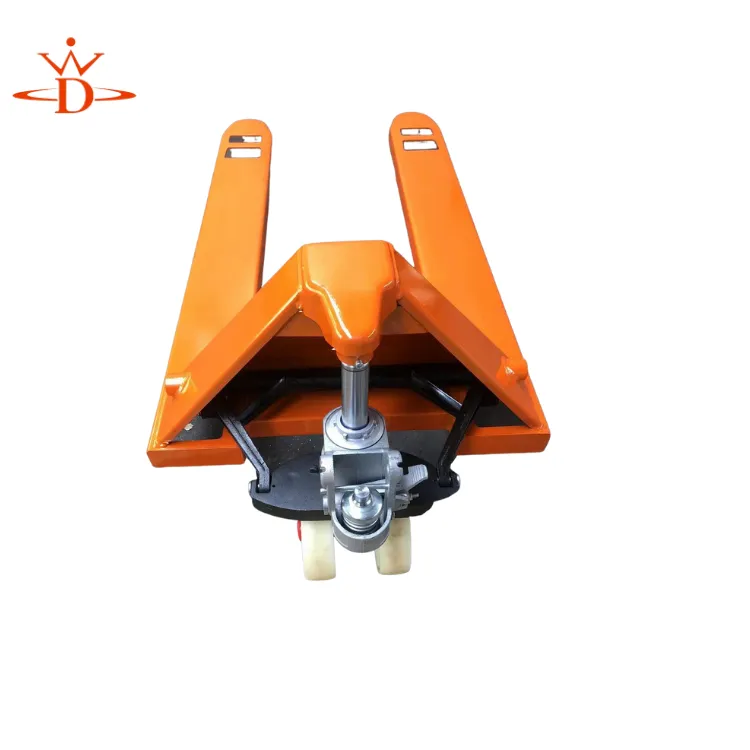Advanced Crane Gantry Systems for Efficient Material Handling Solutions
Crane Gantry System An Overview
In the realm of material handling and logistics, the crane gantry system has emerged as a fundamental equipment type. This specialized crane system is designed to lift, move, and position heavy loads, making it an essential part of industries such as construction, shipbuilding, manufacturing, and warehousing. This article will explore the components of a crane gantry system, its operational mechanisms, advantages, and applications, revealing why it plays a crucial role in modern industrial settings.
Components of a Crane Gantry System
A typical crane gantry system consists of several key components that work together harmoniously to achieve efficient material handling. The primary structural element is the gantry frame, which is supported by vertical legs, typically referred to as columns. These legs rest on wheels or tracks, allowing for easy movement along a designated path. The horizontally oriented beam, known as the gantry beam, is elevated above ground level and serves as the main support for the lifting mechanism.
The lifting mechanism itself generally includes a hoist or trolley that can move along the gantry beam. This device is responsible for lifting and lowering loads and can be powered either manually or via electric motors. Additionally, control systems, such as remote controls or pendant stations, enable operators to maneuver the crane easily. Safety features, including emergency stops, limit switches, and overload sensors, are also integral to ensure safe operation.
Operational Mechanisms
The operational mechanism of a crane gantry system is relatively straightforward, yet efficient. Once the gantry system is positioned, the operator can use the controls to maneuver the hoist or trolley along the gantry beam. By actuating the lifting mechanism, the load can be raised or lowered as needed. The combination of horizontal and vertical movement allows for precise placement of materials, making the gantry system indispensable for tasks that involve heavy lifting or transportation.
Additionally, many modern gantry systems incorporate advanced technologies such as automation and robotics. Automated gantry systems can conduct operations with minimal human intervention, enhancing workflow efficiency and reducing labor costs. The integration of sensors and IoT technologies allows for real-time monitoring and data collection, improving operational management and maintenance.
Advantages of Crane Gantry Systems
crane gantry system

The crane gantry system boasts numerous advantages that make it a preferred choice in various industries. One of the most significant benefits is its ability to handle heavy loads. With the capacity to lift several tons, gantry cranes are ideal for moving equipment, machinery, and construction materials that would be challenging to transport with manual labor.
Another advantage is the versatility of gantry systems. They can be configured in various sizes and designs, adapting to the specific requirements of different workspaces. Whether it is a small workshop or a vast manufacturing facility, gantry cranes can be tailored to meet unique operational needs.
Moreover, the mobility feature of gantry systems enables them to be transported within the worksite. Unlike fixed overhead cranes, which require permanent installation, gantry cranes can be relocated, facilitating efficient use of space and resources. This feature is particularly valuable in dynamic work environments where the layout may change frequently.
Applications of Crane Gantry Systems
Crane gantry systems find applications across a multitude of industries. In construction, for example, they are used to erect steel beams, lift heavy roofing materials, and transport concrete blocks. In manufacturing, they can carry components throughout production lines or assist in assembling large machinery.
In shipbuilding, gantry cranes play a crucial role in moving hulls, engines, and various equipment required for vessel construction. Additionally, in warehouses and distribution centers, crane gantries streamline the process of loading and unloading goods, reducing the time and effort needed for logistics operations.
Conclusion
In summary, the crane gantry system is a vital tool in industrial material handling, providing efficiency, safety, and versatility. With its robust structure, operational ease, and adaptability to various applications, gantry cranes are indispensable across many sectors. As technology continues to evolve, the crane gantry system will undoubtedly advance, further enhancing its role in modern industry and logistics. Industries looking to improve productivity and safety should consider integrating this essential equipment into their operations.
-
Versatile Lifting Solutions with Gantry and Overhead CranesNewsAug.29,2025
-
The Versatile Mobile Gantry Crane SolutionNewsAug.29,2025
-
Reliable Movement with Heavy Machinery Skates and RollersNewsAug.29,2025
-
Reliable Lifting Performance with 2000 lb Gantry Crane and 2 Ton Overhead SystemsNewsAug.29,2025
-
Maximize Lifting Efficiency with PML Magnetic LiftersNewsAug.29,2025
-
Efficient Relocation Starts with Reliable Machinery MoversNewsAug.29,2025
-
Efficient and Safe Lifting with Permanent Magnetic LiftersNewsAug.29,2025
